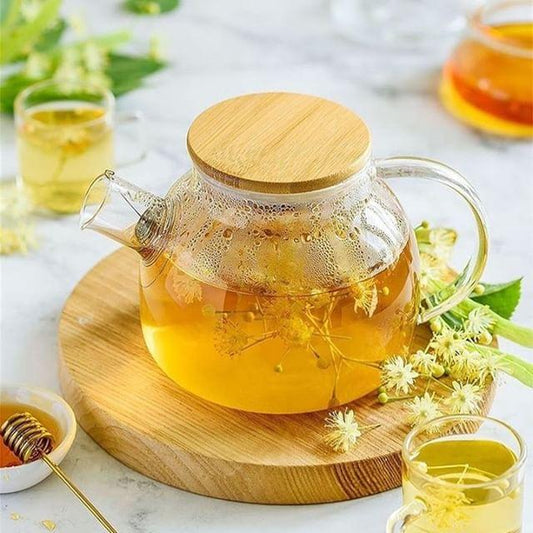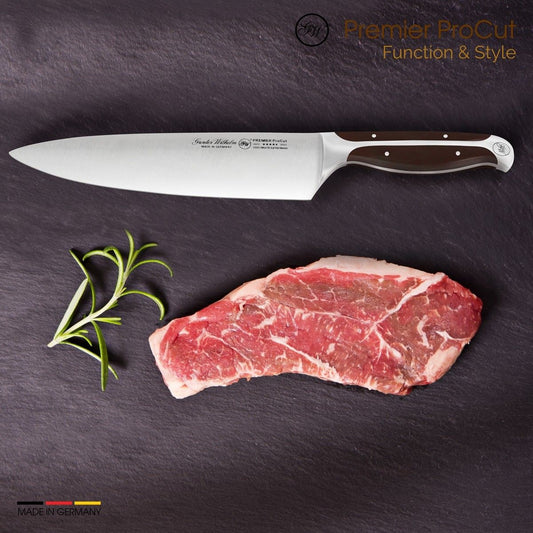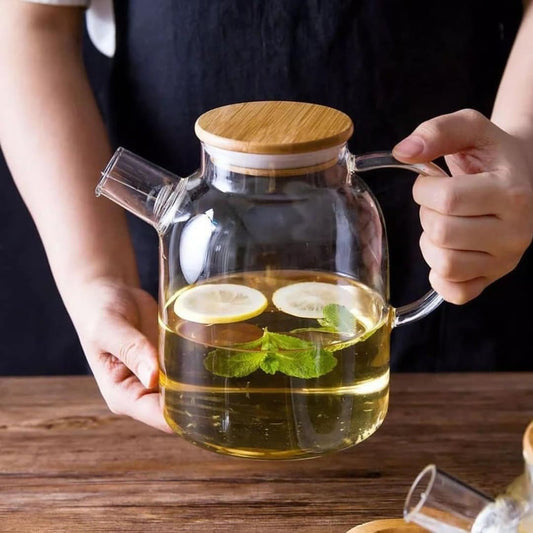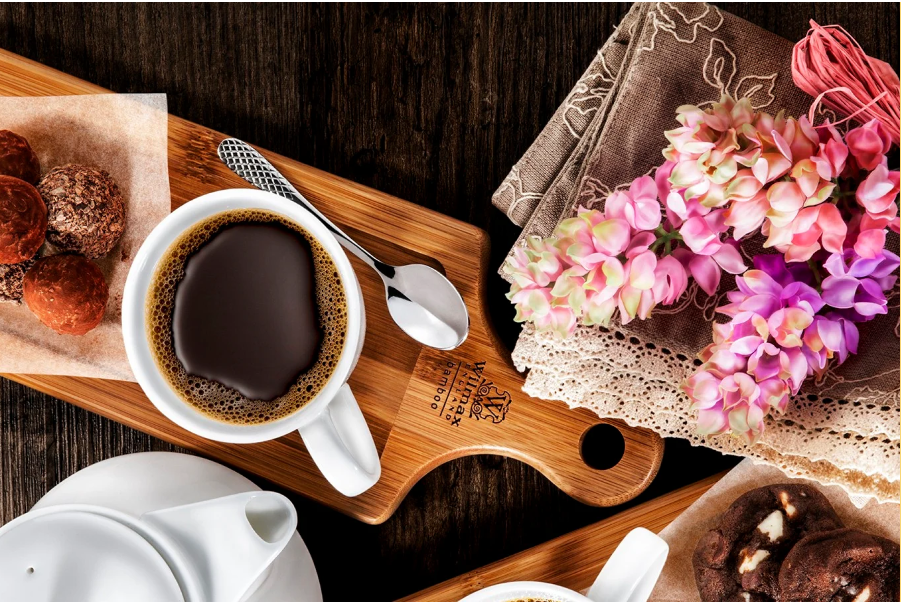Artisanal Soda Making: From Fruit Shrubs to Sparkling Creations 🥤🍓✨

Crafting your own artisanal sodas at home is a delightful way to experiment with flavors, reduce sugar and additives, and impress friends with bespoke bubbly beverages. From tangy, vinegar-based fruit shrubs to naturally fermented or carbonated sparkling infusions, this guide will walk you through the principles, equipment, ingredients, and recipes you need to turn fresh produce into fizz-worthy refreshments.
1. Why Make Soda at Home? 🤔
-
Custom flavor control: Dial back sweetness, increase acidity, or highlight herbal and spice notes.
-
Healthier alternatives: Use real fruit, natural sweeteners, and minimal preservatives.
-
Creative expression: Incorporate seasonal fruits, herbs, spices, or even teas for unique concoctions.
-
Cost-effective & sustainable: Repurpose overripe fruit and reduce single-use bottles.
2. Core Concepts & Techniques 🔄
2.1 Fruit Shrubs (Drinking Vinegars) 🧴
A “shrub” is a concentrated syrup made by macerating fruit in sugar and vinegar. It delivers bright acidity and fruit flavor that can be topped with still water, soda water, or even spirits for cocktails.
-
Maceration: Combine equal weights of chopped fruit and sugar. Let sit (6–12 hours) until sugar draws out the fruit’s juices.
-
Infusion: Stir in vinegar (apple cider, white wine, or rice vinegar) at roughly a 1:1 ratio by weight to fruit.
-
Rest & Strain: Refrigerate 1–2 days to meld flavors, then strain out solids.
-
Sweeten & Adjust: Taste and add more sugar or water if needed to balance sweet, sour, and fruity notes.
Uses: Mix 1 part shrub with 3–4 parts sparkling water (adjust to taste), garnish with fresh herbs or citrus.
2.2 Simple Syrups & Infusions 🍯
Traditional simple syrup (1:1 sugar to water) can be elevated by steeping herbs, spices, or zest.
-
Herb-infused: Add sprigs of mint, basil, or rosemary to hot syrup; steep off heat.
-
Spice-driven: Simmer cinnamon sticks, star anise, or ginger slices in syrup for 5–10 minutes.
-
Citrus-zested: Toss in lemon, lime, or orange zest and steep until aromatic.
Strain and cool before using. Combine 1–2 ounces syrup per 8 ounces chilled soda water.
2.3 Fermented & Natural Carbonation 🍋🦠
For a lightly fizzy, probiotic-rich soda, ferment your base lightly with whey, kombucha starter, or champagne yeast.
-
Base: Prepare fruit juice, tea, or shrub at full strength.
-
Inoculate: Add 1–2 tablespoons whey (from yogurt) or a pinch of yeast.
-
Bottle: Transfer to clean, sealable bottles, leaving 1–2 inches of headspace.
-
Warm Fermentation: Let sit at room temperature (18–22 °C) for 1–2 days, checking pressure daily.
-
Refrigerate: Move to the fridge to slow fermentation and chill before serving.
3. Essential Equipment & Ingredients 🛠️🍇
| Equipment | Purpose |
|---|---|
| Glass or food-grade plastic jar | Maceration & infusion of shrubs |
| Fine mesh strainer or cheesecloth | Straining solids from syrups |
| Kitchen scale | Accurate sugar and vinegar ratios |
| Funnel & sealable bottles | Fermentation & carbonation storage |
| Soda siphon (optional) | On-demand carbonation without fermentation |
| Ingredient | Role |
|---|---|
| Fresh seasonal fruit | Base flavor for shrubs or syrups |
| Granulated sugar or honey | Sweetener and preservative |
| Vinegar (apple cider, white wine) | Acid for shrubs |
| Sparkling water or soda siphon CO₂ | Dilution and effervescence |
| Herbs/spices/zests | Flavor complexity |
| Fermentation agent (whey, yeast) | Natural carbonation |
4. Signature Recipes 🍹
4.1 Raspberry-Rosemary Shrub
-
250 g raspberries
-
250 g sugar
-
250 g apple cider vinegar
-
2 sprigs fresh rosemary
-
Macerate raspberries and sugar in a jar for 8 hours.
-
Stir in vinegar and rosemary; refrigerate 24 hours.
-
Strain, then mix 1:4 shrub to soda water. Garnish with a rosemary sprig.
4.2 Ginger-Lemon Sparkling Tonic
-
200 g ginger, thinly sliced
-
200 g sugar
-
Zest of 2 lemons
-
1 L water
-
1 L soda water (or use siphon)
-
Simmer ginger, sugar, lemon zest, and water for 10 minutes.
-
Cool and strain into bottles.
-
Top each 250 mL with 250 mL soda water; stir gently. Serve over ice.
4.3 Hibiscus-Mint Fermented Soda
-
8 g dried hibiscus petals
-
100 g sugar
-
1 L water
-
2 Tbsp yogurt whey
-
Brew hibiscus tea: steep petals in boiling water for 10 minutes.
-
Stir in sugar until dissolved; cool to room temperature.
-
Add whey, bottle, and ferment 1 day at 20 °C.
-
Chill and enjoy a tangy, pink, probiotic-rich fizz.
5. Tips for Success & Variation 🔧
-
Balance is key: Aim for a harmonious sweet–tart ratio (start at 1:1 sugar to vinegar or juice, then adjust).
-
Seasonal sourcing: Use ripe fruit for maximum flavor; freeze excess for winter shrubs.
-
Herb pairing: Consider complementary aromatics—e.g., basil with strawberry, thyme with peach.
-
Batch testing: Small trial batches help you fine-tune flavor before making large quantities.
-
Safety first: For fermented sodas, monitor bottle pressure and refrigerate promptly to prevent explosions.
Conclusion 🎉
Artisanal soda making transforms everyday fruits and herbs into lively, personalized beverages that delight both the palate and the eye. Whether you’re sipping a tangy shrub spritz on a sunny afternoon or sharing a bottle of home-fermented floral soda at dinner, your homemade creations will sparkle with flavor—and creativity. Cheers to your next fizzy masterpiece! 🥂✨
Share:





